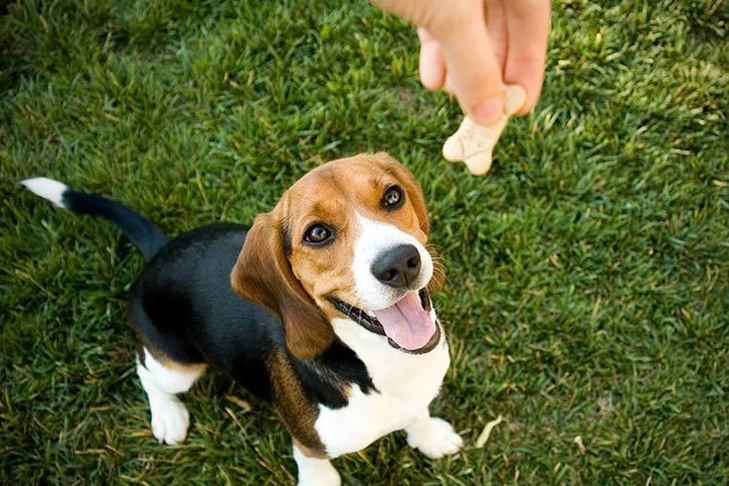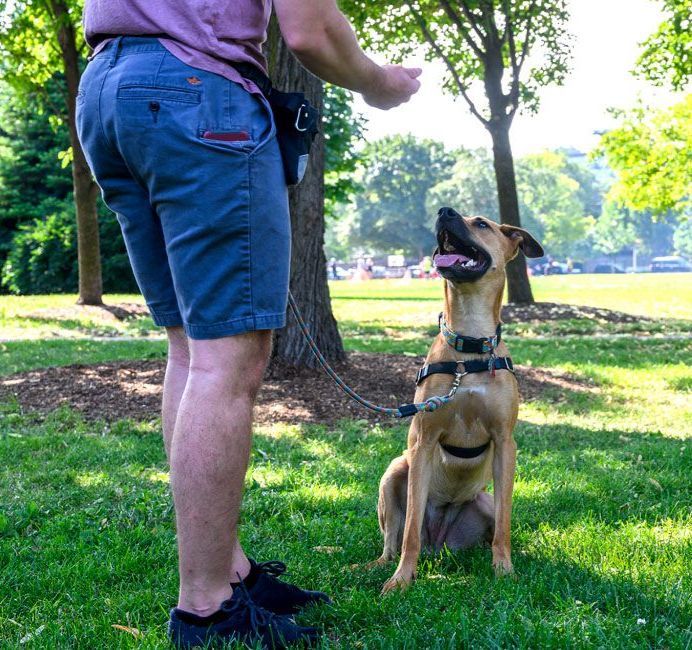The Role of Positive Reinforcement in Modern Dog Training
How Positive Reinforcement Works
Positive reinforcement has become a go-to method in modern dog training, and for good reason. It’s effective, easy to use, and creates a more relaxed, rewarding experience for both dogs and their owners. Instead of relying on old-school techniques like punishment or trying to show “who’s boss,” positive reinforcement focuses on rewarding the behaviors you do want. This approach helps dogs learn faster and feel more comfortable, while also building a stronger connection with their humans.
The idea behind it is pretty straightforward: if something good happens after a certain behavior, that behavior is more likely to happen again. So, when a dog sits and immediately gets a treat or some happy praise, they start to link “sitting” with good things. Over time, even without the treat, your dog’s more likely to sit on command just out of habit and positive association.
One big benefit of this method is that it creates a low-stress, supportive learning environment. Just like people, dogs respond better when they’re encouraged rather than scolded. Training becomes a fun, engaging activity instead of something frustrating or intimidating. Dogs are more alert, willing to participate, and focused when they feel safe and rewarded.
Another important plus: positive reinforcement can reduce the chance of fear-based or aggressive behavior. Traditional training methods that use punishment—like leash jerks or yelling—can confuse dogs or even make them scared. That fear might show up in ways like excessive barking, hiding, or even snapping. On the flip side, dogs trained with positive reinforcement often show more confidence, happiness, and eagerness to learn.
Speak With A Dog
Training Expert
Speak With A Dog Training Expert
Thank you for contacting us!
We will contact you shortly!
Please try again later.
How Positive Reinforcement Works
Positive reinforcement has become a go-to method in modern dog training, and for good reason. It’s effective, easy to use, and creates a more relaxed, rewarding experience for both dogs and their owners. Instead of relying on old-school techniques like punishment or trying to show “who’s boss,” positive reinforcement focuses on rewarding the behaviors you do want. This approach helps dogs learn faster and feel more comfortable, while also building a stronger connection with their humans.
The idea behind it is pretty straightforward: if something good happens after a certain behavior, that behavior is more likely to happen again. So, when a dog sits and immediately gets a treat or some happy praise, they start to link “sitting” with good things. Over time, even without the treat, your dog’s more likely to sit on command just out of habit and positive association.
One big benefit of this method is that it creates a low-stress, supportive learning environment. Just like people, dogs respond better when they’re encouraged rather than scolded. Training becomes a fun, engaging activity instead of something frustrating or intimidating. Dogs are more alert, willing to participate, and focused when they feel safe and rewarded.
Another important plus: positive reinforcement can reduce the chance of fear-based or aggressive behavior. Traditional training methods that use punishment—like leash jerks or yelling—can confuse dogs or even make them scared. That fear might show up in ways like excessive barking, hiding, or even snapping. On the flip side, dogs trained with positive reinforcement often show more confidence, happiness, and eagerness to learn.
Speak With A Dog
Training Expert
Speak With A Dog Training Expert
Thank you for contacting us!
We will contact you shortly!
Please try again later.


Positive Reinforcement Methods Are More Effective
Still, the success of positive reinforcement depends on how you use it. Timing is everything. You need to reward the dog right after they do what you want, so they clearly connect the behavior with the reward. Wait too long—even a few seconds—and your dog might not understand what they’re being rewarded for. Being consistent also really matters. If you sometimes reward a behavior and sometimes ignore it, it can confuse your dog and slow down the learning process. Dogs thrive on clear signals and routines, so sticking to a pattern makes training easier for both of you.
The type of reward matters, too. Food treats usually work well, especially for food-motivated dogs. But not all dogs are the same—some might be more excited about a toy, a game, or just getting some enthusiastic praise and petting. Good trainers pay attention to what their dog responds to most and use that to their advantage.
Science strongly supports the effectiveness of positive reinforcement. Many animal behaviorists, veterinarians, and professional trainers agree it’s one of the safest and most successful training methods out there. You’ll see it used with service dogs, in competitive dog sports, and in everyday training at home. More than just a technique, positive reinforcement is really about building a relationship. It’s about teaching your dog in a way that respects their emotions and intelligence. When training becomes a shared experience built on trust and encouragement, it lays the groundwork for lifelong learning and cooperation. Instead of feeling forced to obey, your dog
wants to listen and work with you. In the end, this approach helps your dog stay happy, confident, and eager to learn. It makes training more fun, less stressful, and way more effective. And maybe most importantly, it helps you and your dog build the kind of bond that makes life better for both of you.
Positive Reinforcement Methods Are More Effective
Still, the success of positive reinforcement depends on how you use it. Timing is everything. You need to reward the dog right after they do what you want, so they clearly connect the behavior with the reward. Wait too long—even a few seconds—and your dog might not understand what they’re being rewarded for. Being consistent also really matters. If you sometimes reward a behavior and sometimes ignore it, it can confuse your dog and slow down the learning process. Dogs thrive on clear signals and routines, so sticking to a pattern makes training easier for both of you.
The type of reward matters, too. Food treats usually work well, especially for food-motivated dogs. But not all dogs are the same—some might be more excited about a toy, a game, or just getting some enthusiastic praise and petting. Good trainers pay attention to what their dog responds to most and use that to their advantage.
Science strongly supports the effectiveness of positive reinforcement. Many animal behaviorists, veterinarians, and professional trainers agree it’s one of the safest and most successful training methods out there. You’ll see it used with service dogs, in competitive dog sports, and in everyday training at home. More than just a technique, positive reinforcement is really about building a relationship. It’s about teaching your dog in a way that respects their emotions and intelligence. When training becomes a shared experience built on trust and encouragement, it lays the groundwork for lifelong learning and cooperation. Instead of feeling forced to obey, your dog
wants to listen and work with you. In the end, this approach helps your dog stay happy, confident, and eager to learn. It makes training more fun, less stressful, and way more effective. And maybe most importantly, it helps you and your dog build the kind of bond that makes life better for both of you.
